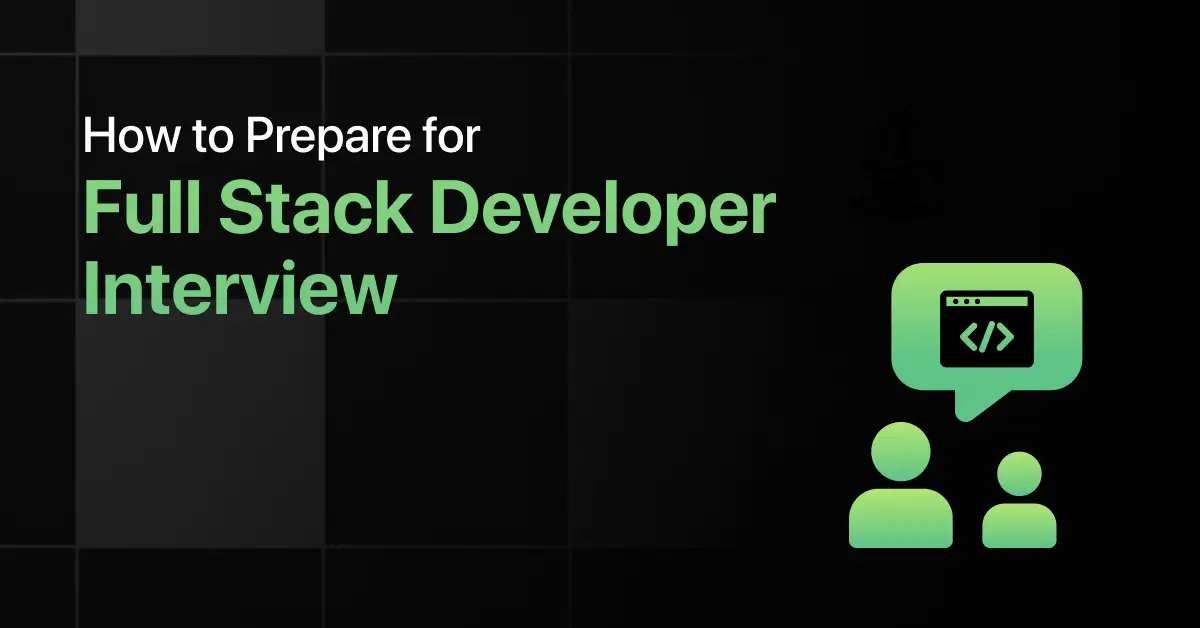Best Programming Languages for Cloud Computing
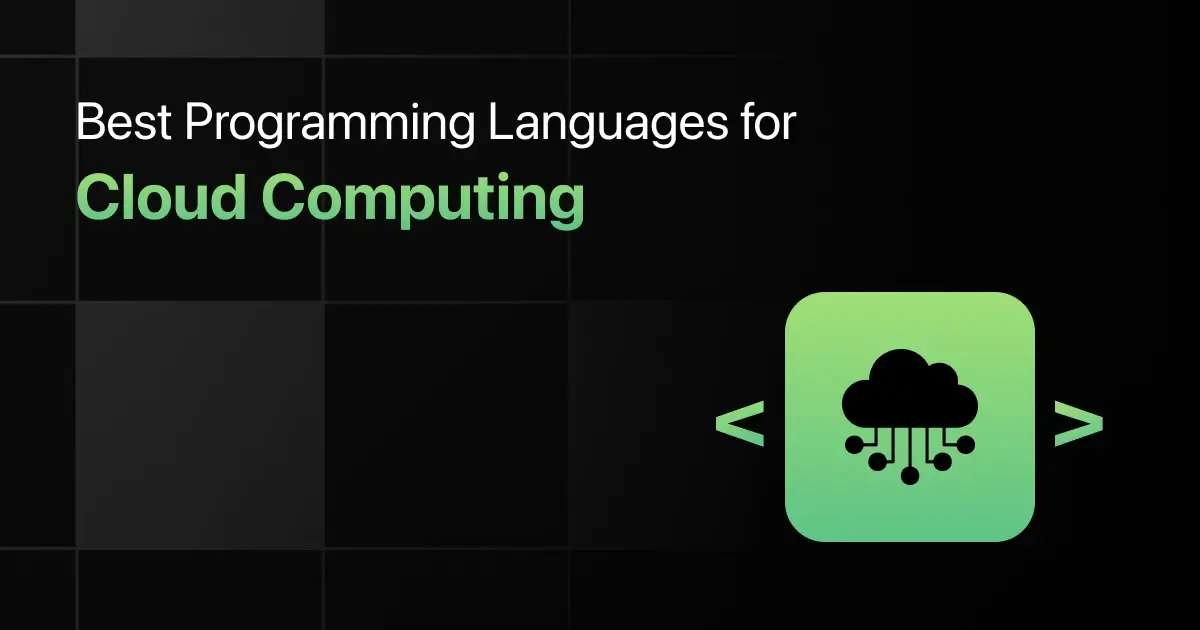
Cloud computing has revolutionized the way we develop, deploy, and manage applications.
Knowing the best programming languages for cloud computing is important for building microservices, deploying serverless functions, or managing cloud infrastructure.
In this blog, we will explore the 10 best languages for cloud computing.
Best Coding Languages for Cloud Computing – Overview
Here’s an overview of the 10 best programming languages for cloud computing:
| S.No. | Programming Language | Learning Curve | Job Market Demand | Learning Resources |
|---|---|---|---|---|
| 1 | Java | Medium | Developing Enterprise Cloud Applications and Services | Learn More |
| 2 | PHP | Easy | Creating Dynamic Web Applications and Backend Services | Learn More |
| 3 | .NET | Medium | Developing Enterprise Applications and Cloud Services | Learn More |
| 4 | Python | Easy | Scripting, Automation, and Cloud-Native Applications | Learn More |
| 5 | Go | Medium | Developing Scalable, High-Performance Cloud Applications | Learn More |
| 6 | Ruby | Easy | Scripting, Automation, and Web Applications | Learn More |
| 7 | JavaScript (Node.js) | Easy | Developing Scalable Cloud Applications and Services | Learn More |
| 8 | C# | Medium | Developing Enterprise Cloud Solutions and Services | Learn More |
| 9 | R Programming | Medium | Data Analysis and Data-Driven Cloud Applications | Learn More |
| 10 | Kotlin | Medium | Developing Android and Server-Side Cloud Applications | Learn More |
Top 10 Programming Languages for Cloud Computing
Below is the list of top 10 programming languages for cloud computing:
1. Java
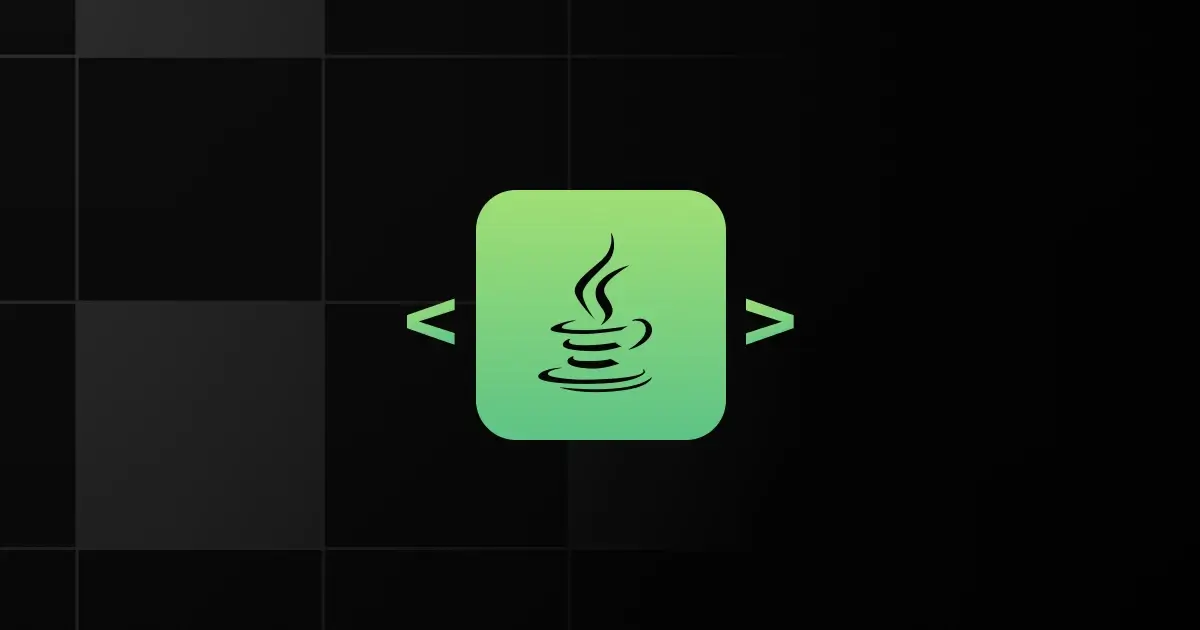


Java is a versatile, object-oriented programming language known for its portability and performance.
It is widely used in cloud computing for building robust, scalable applications and enterprise solutions.
Popularity:
- Widely used by enterprise developers.
- Preferred in large-scale applications.
- Common in educational institutions.
Learning Curve: Medium
Framework and Library Support:
- Spring Cloud
- Apache Kafka
- Hibernate
Integration Capabilities:
- Integrates with various databases like MySQL and PostgreSQL.
- Compatible with web technologies via servlets and JSP.
- Works with cloud services like AWS and Azure.
Security Features:
- Strong built-in security features.
- Regular updates and patches.
- Supports secure coding practices.
Community and Support:
- Large and active community.
- Extensive documentation and tutorials.
- Numerous forums and user groups.
Job Market Demand:
- Used for developing enterprise cloud applications and services.
- Employed in tech, finance, and healthcare industries.
Future Prospects and Trends:
- Increasing use in microservices and cloud-native applications.
- Growth in AI and machine learning integrations.
2. PHP
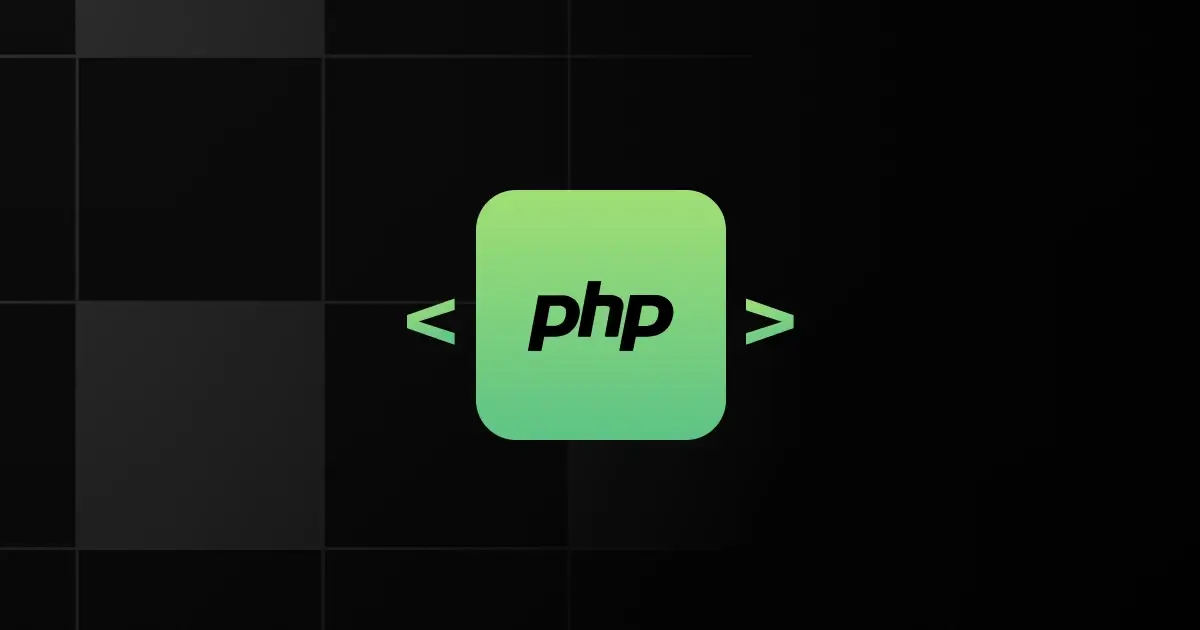


PHP is a popular server-side scripting language used for web development. It is also used in cloud computing for creating dynamic web applications and backend services.
Popularity:
- Widely used by web developers.
- Preferred for server-side scripting.
- Common in small to medium-sized businesses.
Learning Curve: Easy
Framework and Library Support:
- Laravel
- Symfony
- CodeIgniter
Integration Capabilities:
- Integrates with various databases.
- Compatible with web servers like Apache.
- Interfaces with RESTful APIs.
Security Features:
- Libraries for secure coding practices.
- Regular updates and patches.
- Supports data encryption and sanitization.
Community and Support:
- Large and active community.
- Extensive documentation and tutorials.
- Numerous forums and support channels.
Job Market Demand:
- Used for creating dynamic web applications and backend services.
- Employed in tech, media, and small businesses.
Future Prospects and Trends:
- Continued relevance in web development.
- Increasing focus on cloud-based PHP solutions.
3. .NET
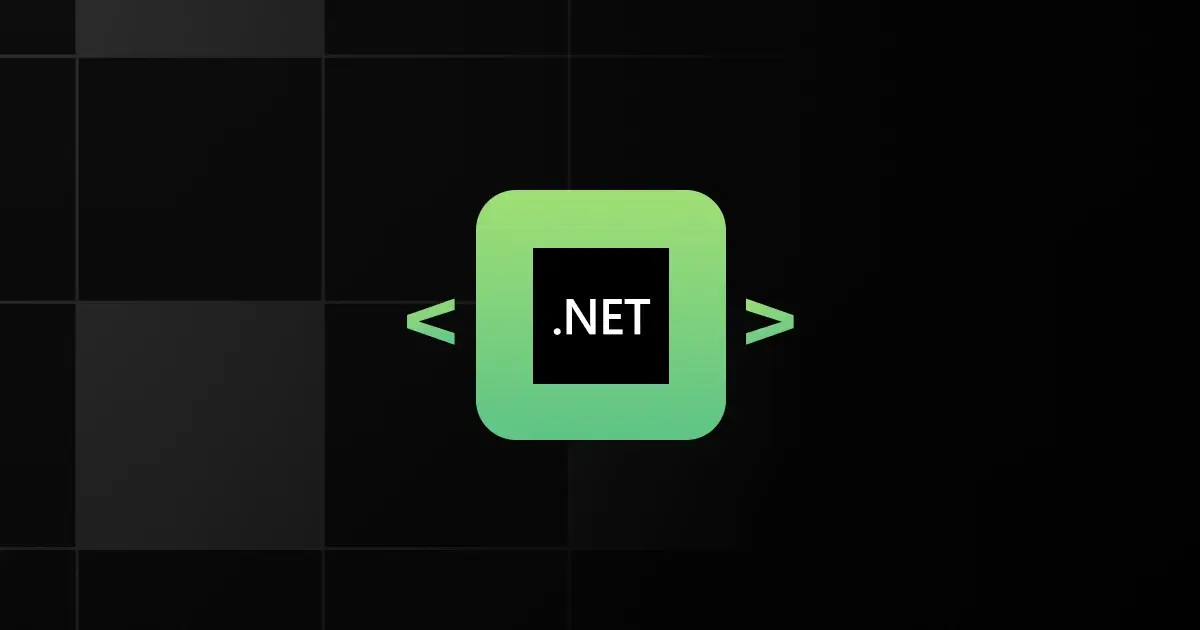


.NET is a software framework developed by Microsoft that supports multiple programming languages.
It is used in cloud computing for building scalable, high-performance applications and services.
Popularity:
- Widely used by enterprise developers.
- Preferred for Windows-based applications.
- Supported by Microsoft.
Learning Curve: Medium
Framework and Library Support:
- ASP.NET Core
- Entity Framework
- Azure SDK
Integration Capabilities:
- Integrates with Microsoft Azure.
- Compatible with various databases.
- Interfaces with RESTful APIs.
Security Features:
- Strong typing and error handling.
- Regular security updates.
- Libraries for secure coding practices.
Community and Support:
- Large and active community.
- Extensive documentation and tutorials.
- Numerous forums and support channels.
Job Market Demand:
- Used for developing enterprise applications and cloud services.
- Employed in tech, finance, and healthcare industries.
Future Prospects and Trends:
- Increasing use in cloud-native .NET applications.
- Growth in microservices and serverless architectures.
4. Python
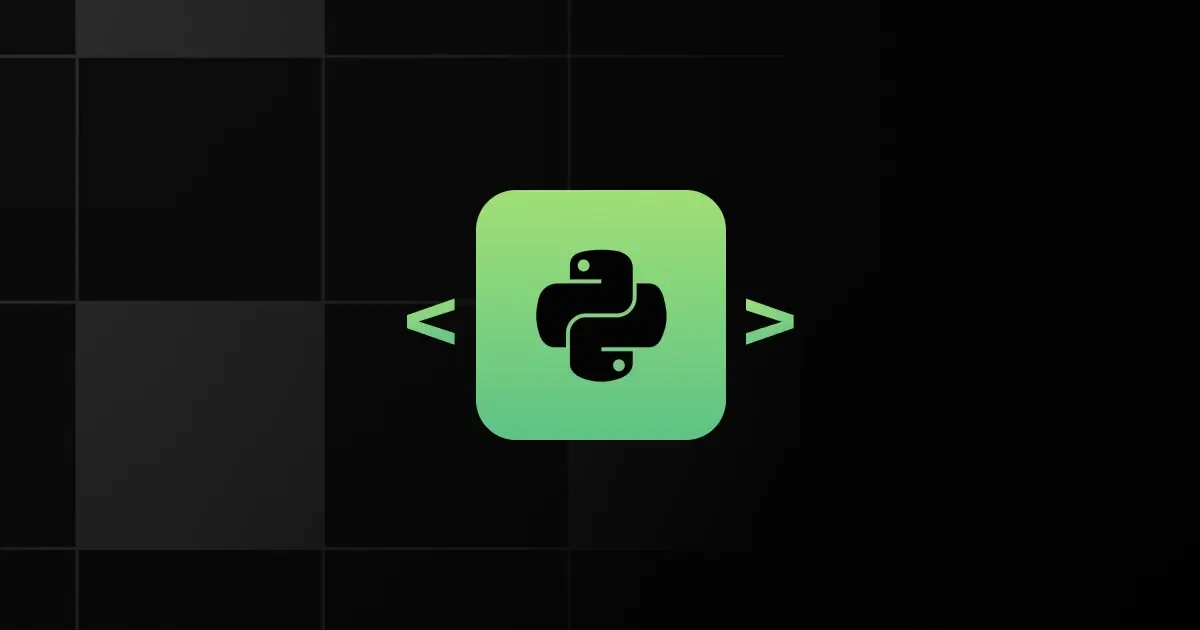


Python is a high-level, interpreted language known for its simplicity and readability.
It is widely used in cloud computing for scripting, automation, data analysis, and developing cloud-native applications.
Popularity:
- Widely used by data scientists and developers.
- Preferred for quick development and prototyping.
- Common in educational settings.
Learning Curve: Easy
Framework and Library Support:
- Django
- Flask
- Boto3
Integration Capabilities:
- Integrates with various cloud platforms like AWS, Google Cloud, and Azure.
- Compatible with numerous databases.
- Interfaces with machine learning and data analytics tools.
Security Features:
- Libraries for secure coding practices.
- Support for encryption and authentication.
- Regular updates and patches.
Community and Support:
- Large and active community.
- Extensive documentation and tutorials.
- Numerous forums and support channels.
Job Market Demand:
- Used for scripting, automation, and developing cloud-native applications.
- Employed in tech, finance, healthcare, and education industries.
Future Prospects and Trends:
- Increasing use in AI, machine learning, and data science integrations with the cloud.
- Growth in serverless and automation solutions.
5. Go



Go (Golang) is a statically typed, compiled language designed for simplicity and performance.
It is used in cloud computing for building scalable, high-performance cloud applications and services.
Popularity:
- Preferred by backend developers.
- Used in performance-critical cloud applications.
- Growing popularity in cloud computing.
Learning Curve: Medium
Framework and Library Support:
- Gin
- Revel
- Beego
Integration Capabilities:
- Integrates with various databases.
- Compatible with cloud services like AWS, GCP, and Azure.
- Interfaces with RESTful APIs.
Security Features:
- Libraries for secure coding practices.
- Support for encryption and secure data handling.
- Regular updates and patches.
Community and Support:
- Active and growing community.
- Extensive documentation and tutorials.
- Numerous forums and support channels.
Job Market Demand:
- Used for developing scalable, high-performance cloud applications.
- Employed in tech, finance, and cloud computing industries.
Future Prospects and Trends:
- Increasing use in cloud-native solutions and microservices.
- Growth in performance-critical cloud applications.
6. Ruby
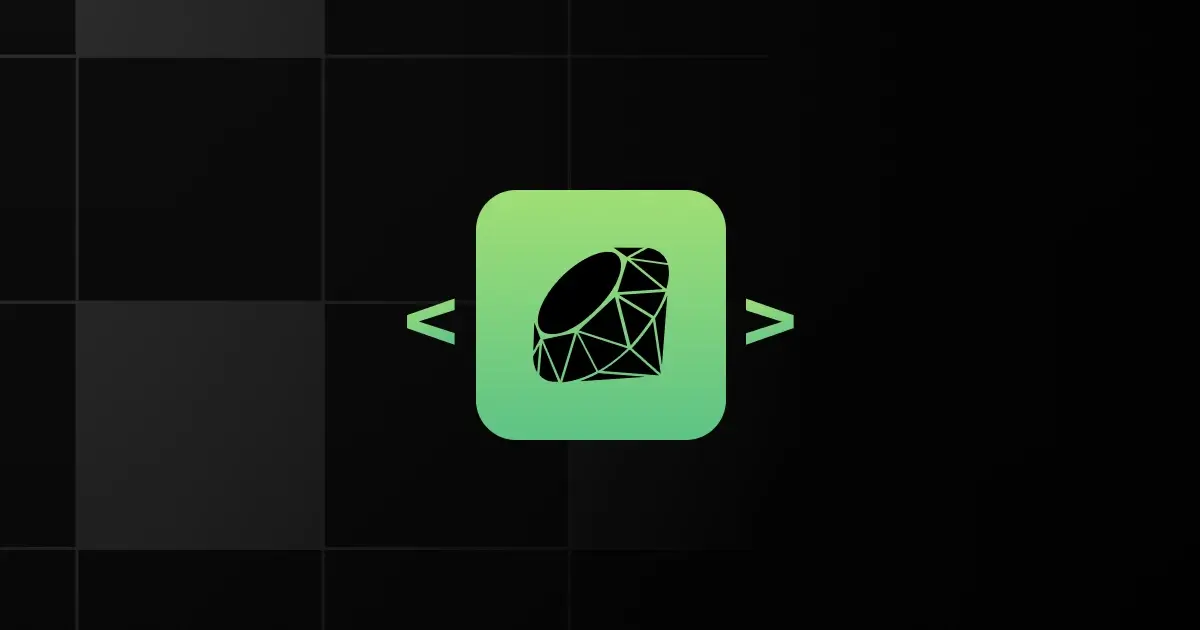


Ruby is a dynamic, open-source programming language focusing on simplicity and productivity.
It is used in cloud computing for scripting, automation, and developing web applications.
Popularity:
- Preferred by web developers.
- Popular in startup environments.
- Supported by a strong community.
Learning Curve: Easy
Framework and Library Support:
- Ruby on Rails
- Sinatra
- Hanami
Integration Capabilities:
- Integrates with various databases.
- Compatible with web technologies.
- Interfaces with RESTful APIs.
Security Features:
- Libraries for secure coding practices.
- Regular updates and patches.
- Supports secure data handling.
Community and Support:
- Large and active community.
- Extensive documentation and tutorials.
- Numerous forums and support channels.
Job Market Demand:
- Used for scripting, automation, and developing web applications.
- Employed in tech startups and cloud-based services.
Future Prospects and Trends:
- Continued relevance in web development and automation.
- Increasing use in cloud-based Ruby applications.
7. Javascript (Node.js)
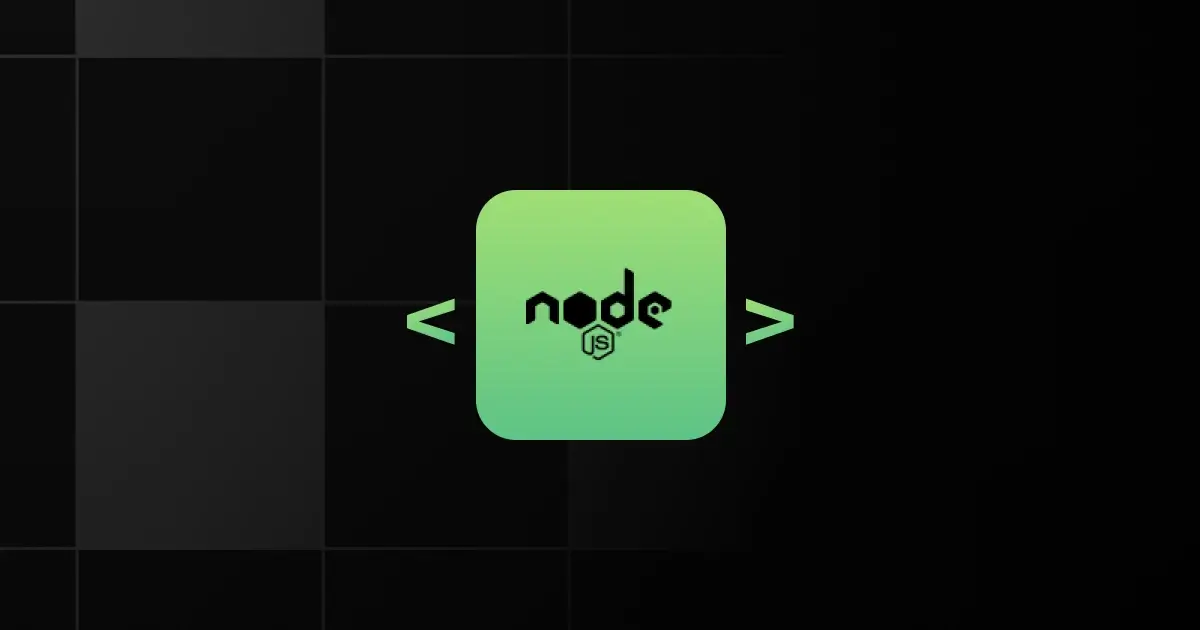


JavaScript is a versatile, high-level programming language primarily used for web development.
Node.js allows JavaScript to run on the server side, making it suitable for building scalable cloud applications.
Popularity:
- Widely used by web developers.
- Preferred for creating interactive cloud applications.
- Common in full-stack development.
Learning Curve: Easy
Framework and Library Support:
- Express.js
- Koa.js
- Meteor
Integration Capabilities:
- Integrates with HTML and CSS for front-end development.
- Compatible with various databases like MongoDB and MySQL.
- Interfaces with RESTful APIs and WebSockets.
Security Features:
- Libraries for secure coding practices.
- Regular updates and patches.
- Supports secure data handling.
Community and Support:
- Large and active community.
- Extensive documentation and tutorials.
- Numerous forums and support channels.
Job Market Demand:
- Used for developing scalable cloud applications and services.
- Employed in tech, media, and entertainment industries.
Future Prospects and Trends:
- Increasing use in serverless and real-time cloud applications.
- Growth in full-stack JavaScript development.
8. C#
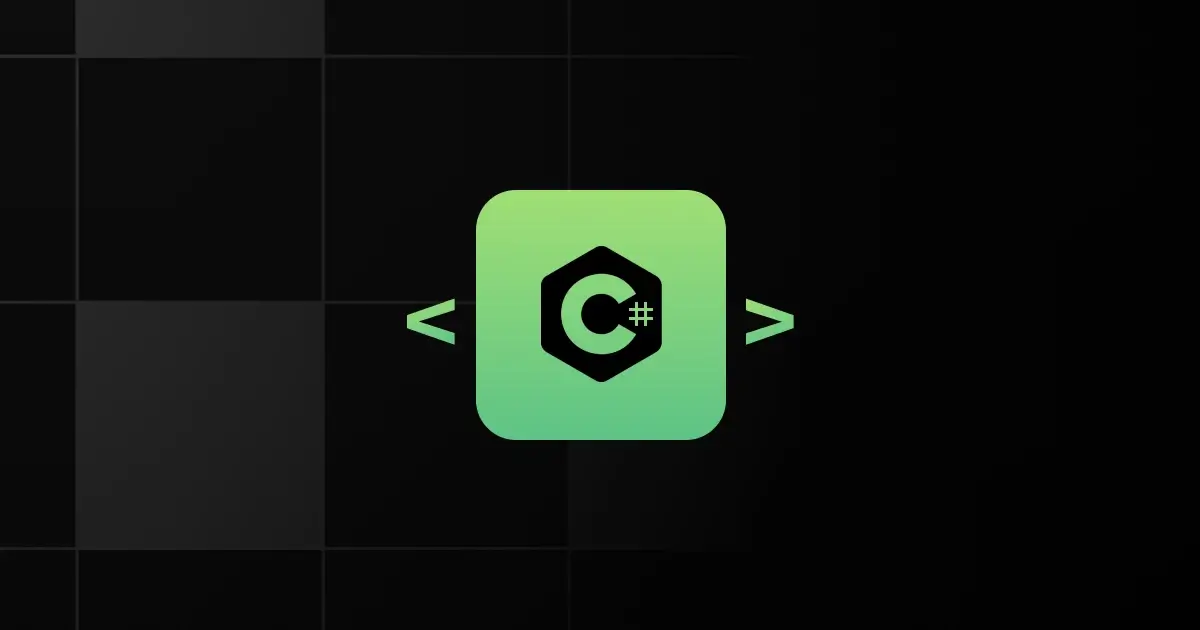


C# is a modern, object-oriented programming language developed by Microsoft.
It is widely used for developing Windows applications and cloud solutions using the .NET framework.
Popularity:
- Preferred by Windows developers.
- Used in enterprise applications.
- Supported by Microsoft.
Learning Curve: Medium
Framework and Library Support:
- ASP.NET Core
- Entity Framework
- Azure SDK
Integration Capabilities:
- Integrates with Microsoft Azure.
- Compatible with various databases.
- Interfaces with RESTful APIs.
Security Features:
- Strong typing and error handling.
- Regular security updates.
- Libraries for secure coding practices.
Community and Support:
- Large and active community.
- Extensive documentation and tutorials.
- Numerous forums and support channels.
Job Market Demand:
- Used for developing enterprise cloud solutions and services.
- Employed in tech, finance, and healthcare industries.
Future Prospects and Trends:
- Increasing use in cloud-native .NET applications.
- Growth in microservices and serverless architectures.
9. R Programming
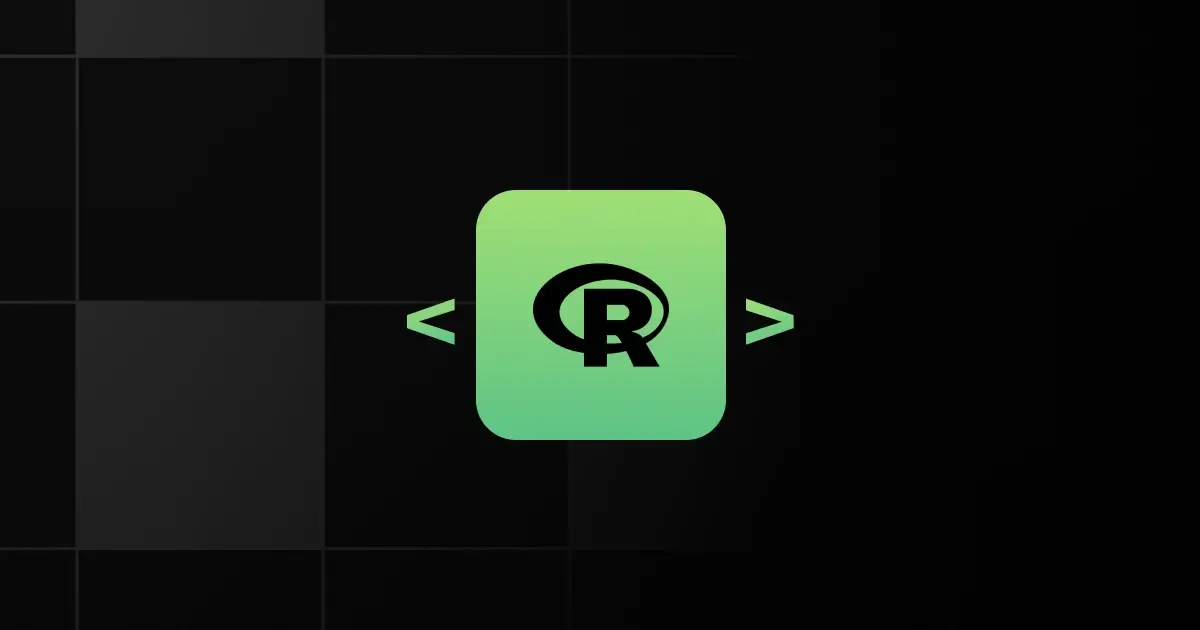


R is a programming language and software environment for statistical computing and graphics.
It is used in cloud computing for data analysis, machine learning, and developing data-driven applications.
Popularity:
- Widely used by statisticians and data scientists.
- Preferred for data analysis and visualization.
- Common in academic research.
Learning Curve: Medium
Framework and Library Support:
- Shiny
- RStudio
- caret
Integration Capabilities:
- Integrates with various databases.
- Compatible with big data platforms like Hadoop.
- Interfaces with machine learning frameworks.
Security Features:
- Libraries for secure data handling.
- Regular updates and patches.
- Supports secure coding practices.
Community and Support:
- Large and active community.
- Extensive documentation and tutorials.
- Numerous forums and support channels.
Job Market Demand:
- Used for data analysis and developing data-driven cloud applications.
- Employed in tech, finance, and healthcare industries.
Future Prospects and Trends:
- Increasing use in big data and machine learning applications.
- Growth in cloud-based data analysis solutions.
10. Kotlin
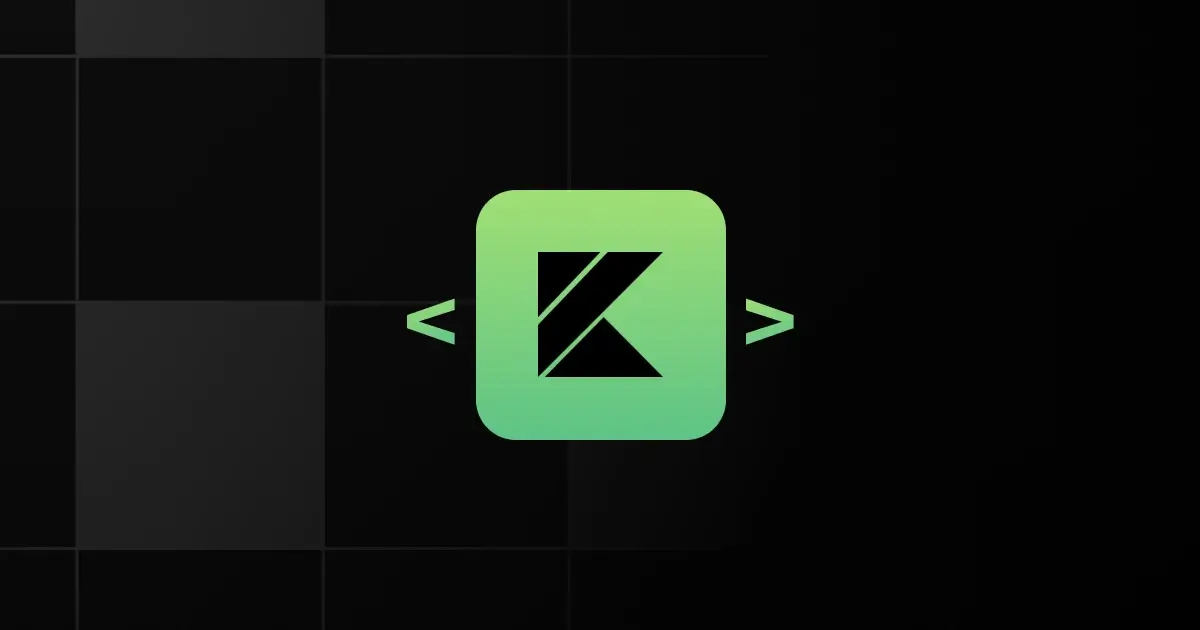


Kotlin is a modern, statically typed programming language that interoperates fully with Java.
It is used in cloud computing for developing Android applications and server-side services.
Popularity:
- Preferred by Android developers.
- Supported by Google for Android development.
- Growing popularity in the developer community.
Learning Curve: Medium
Framework and Library Support:
- Ktor
- Spring Boot
- Kotlinx.coroutines
Integration Capabilities:
- Integrates with Java libraries and frameworks.
- Compatible with various databases.
- Interfaces with RESTful APIs and cloud services.
Security Features:
- Null safety to prevent NullPointerExceptions.
- Regular updates and patches.
- Encourages secure coding practices.
Community and Support:
- Active and growing community.
- Extensive documentation and tutorials.
- Numerous forums and support channels.
Job Market Demand:
- Used for developing Android and server-side cloud applications.
- Employed in tech, finance, and healthcare industries.
Future Prospects and Trends:
- Increasing use in cloud-native Kotlin applications.
- Growth in mobile and server-side development.
Final Words
We hope this blog helps you to choose the best language for cloud development.
By understanding which programming language is best for cloud computing, you can make informed decisions that enhance your cloud solutions’ performance and reliability.
Explore More Cloud Computing Resources
Explore More Programming Languages For:
- Web Development
- Getting Jobs
- Future
- Artificial Intelligence
- App Development
- Beginners
- Backend Development
- Game Development
- Machine Learning
- Ethical Hacking
- Data Science
- Data Analytics
- Internet of Things
- Blockchain
- UI/UX Design
- Automation Testing
FAQs
The best programming languages for cloud computing are:
- Java
- PHP
- Javascript
- .NET
- C#
You should choose a programming language for cloud computing by noting the job market demands, prospects, and integration capabilities.
The best programming language for beginners in cloud computing is Java.
Java, Javascript, C#, and Python programming languages are currently trending in cloud computing.
Python and Javascript languages offer the best framework and library support for cloud computing.
Python, Java, and Javascript languages have promising future prospects for cloud computing.
Related Posts
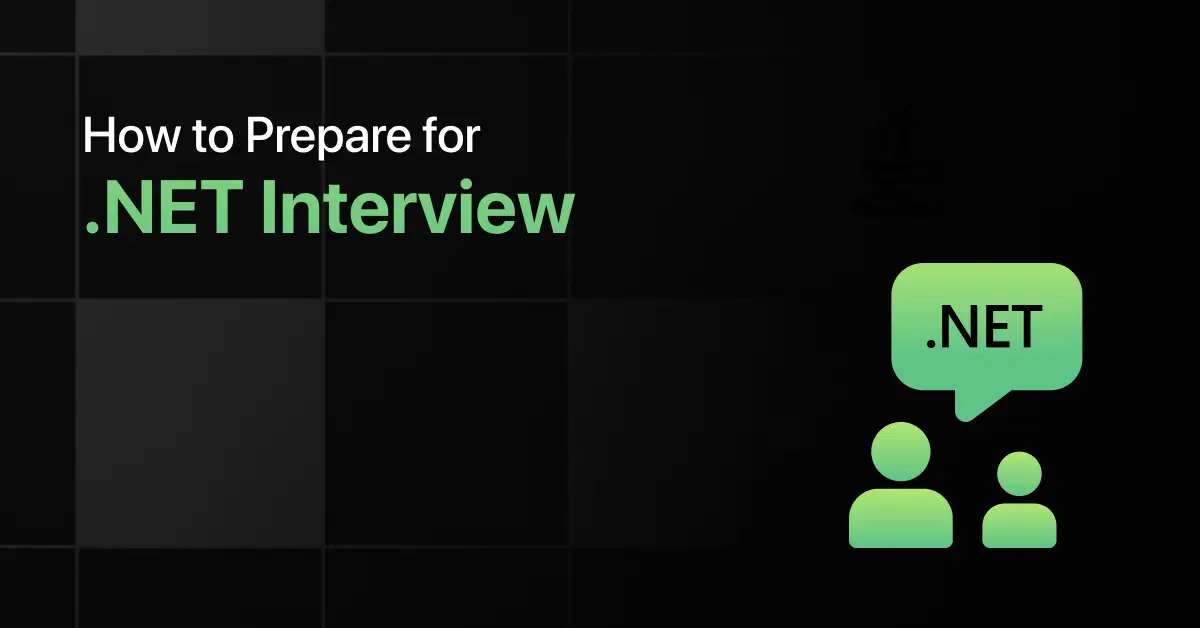

How to Prepare for .Net Interview
Are you preparing for a .NET interview but not sure which topics to prioritize? Many candidates struggle to balance C# fundamentals, …
Warning: Undefined variable $post_id in /var/www/wordpress/wp-content/themes/placementpreparation/template-parts/popup-zenlite.php on line 1050









